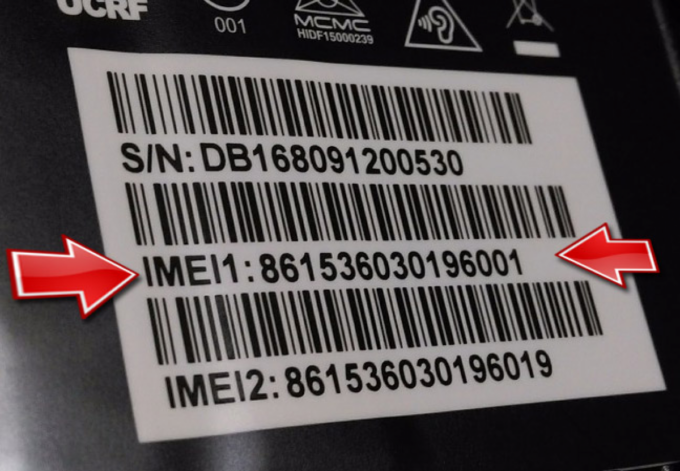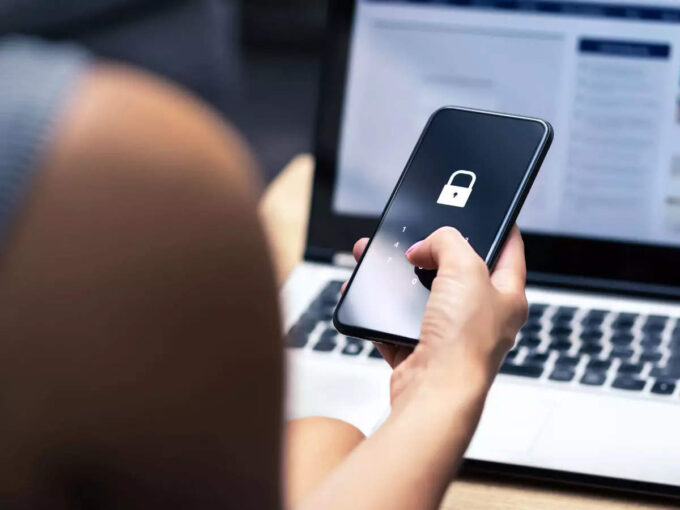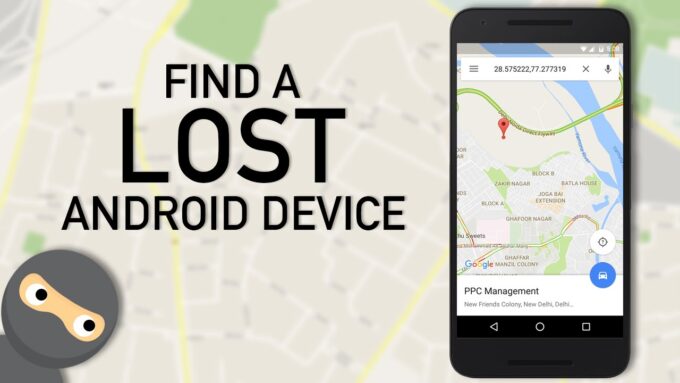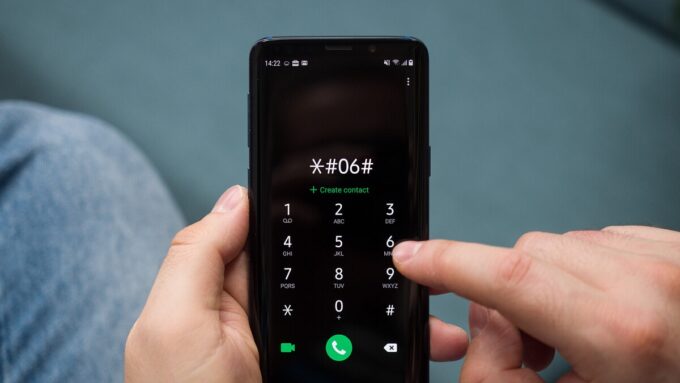In today’s world, businesses rely heavily on mobile phones to stay connected, communicate with clients, and perform various tasks. However, mobile phones can also be a security risk, especially if they are lost or stolen. One crucial tool that can help businesses protect their phones is the International Mobile Equipment Identity (IMEI) number. In this article, we will discuss what IMEI numbers are, how they work, and how they can help your enterprise phone security.
What is an IMEI Number?
An IMEI number is a unique 15-digit code that identifies a mobile device. It is similar to a serial number, but it is specific to mobile phones and other cellular devices. The IMEI number is usually located on the back of the phone or under the battery.
How Does an IMEI Number Work?

Each mobile device has a unique IMEI number, which is used by mobile networks to identify and authenticate the device. The IMEI number is also used by law enforcement agencies to track stolen phones and prevent them from being used on any network. In addition, device manufacturers, such as Xiaomi, offer services like the Xiaomi Mi Account and Warranty Check, which can use the device’s digit to verify the authenticity of the device and provide warranty information.
When a phone is reported as stolen or lost, the network operator can block the phone’s digit, rendering the phone unusable on any network. This is where services like the Xiaomi Mi Account and Warranty Check can come in handy, as they can help businesses determine whether a lost or stolen device is genuine or counterfeit. By verifying the authenticity of the device, businesses can take appropriate action to protect their data and prevent further security risks.
How Can an IMEI Number Help Your Business Phone Security?
Theft Prevention

Mobile phones are a crucial tool for businesses, but they are also a target for thieves. Losing a mobile phone can lead to a significant security risk, especially if the phone contains sensitive business data. Therefore, it is crucial for companies to take measures to prevent theft and protect their mobile devices. One of the most effective tools for theft prevention is the International Mobile Equipment Identity number. There are several ways that corporations may use it to prevent phone theft.
Blocking the IMEI Number
When a phone is lost or stolen, the business can report the device’s IMEI number to the network operator. The network operator may then block the phone’s IMEI number, making it unusable on any network. This means that even if the thief replaces the SIM card, they will not be able to use the phone on any network.
Tracking Lost or Stolen Phones

If a business phone is lost or stolen, it may be used to track the device’s location. This can be done by contacting the network operator or using third-party services that offer phone tracking services. By tracking the location of the lost or stolen phone, businesses may increase the chances of recovering the device and prevent sensitive data from falling into the wrong hands.
Using Anti-Theft Features
Many mobile devices come with built-in anti-theft features that can be used to prevent phone theft. These features may include passcodes, biometric authentication, and remote locking and wiping. By using these features, businesses can protect their devices from unauthorized access and prevent sensitive data from being compromised.
Track Lost Phones
In today’s fast-paced world, mobile phones are an essential part of our daily lives. However, they are also easily lost or stolen, which may be a significant security risk, especially for businesses that rely on mobile phones to stay connected and perform various tasks. Fortunately, there are several ways to track lost phones, including using the device’s IMEI number, mobile phone tracking apps, and other third-party services.
Using the IMEI Number
The International Mobile Equipment Identity number is a unique 15-digit code that identifies a mobile device. When a phone is lost or stolen, the IMEI number may be used to track the device’s location. This can be done by contacting the network operator or using third-party services that offer phone tracking services. However, it is important to note that tracking a lost phone using it can be a time-consuming process and may not always be successful.
Mobile Phone Tracking Apps
Mobile phone tracking apps are another way to track lost phones. There are several apps available on the market that can track the location of a lost phone, such as Find My iPhone for iOS devices and Find My Device for Android devices. These apps use GPS technology to track the phone’s location and may even remotely lock or erase the device if necessary. However, these apps require the phone to be turned on and connected to the internet for tracking to be successful.
Other Third-Party Services
In addition to using it and mobile phone tracking apps, there are other third-party services that can help track lost phones. These services often require a subscription fee and may offer additional features such as remote wiping, backup and restore, and location history. However, it is important to do thorough research before subscribing to any third-party service to ensure that they are reputable and trustworthy.
Verify Authenticity
In today’s digital age, counterfeit products are becoming increasingly prevalent, and mobile phones are no exception. Counterfeit phones may pose a significant security risk to businesses, as they may contain malware or other malicious software that may compromise sensitive data. Therefore, it is crucial for businesses to verify the authenticity of their mobile devices to ensure that they are not using a compromised device. There are several ways to verify the authenticity of a mobile device, including checking the device’s IMEI number, performing a physical inspection, and using third-party services.
Checking the IMEI Number

The International Mobile Equipment Identity digit is a unique 15-digit code that identifies a mobile device. By checking the device’s IMEI number with the manufacturer or a third-party service, businesses can verify the authenticity of the device. If the IMEI digit is invalid or does not match the manufacturer’s records, it may indicate that the device is counterfeit.
Performing a Physical Inspection
Physical inspection of the device is another way to verify the authenticity of a mobile device. Counterfeit phones may have visible differences from genuine devices, such as differences in the logo, design, or build quality. By comparing the device with a genuine device or conducting research on the specific model, businesses can identify any discrepancies that may indicate that the device is counterfeit.
Using Third-Party Services
There are several third-party services that offer authenticity verification services for mobile devices. These services often use a combination of physical inspection and software analysis to identify counterfeit devices. However, it is important to do thorough research before using any third-party service to ensure that they are reputable and trustworthy.
Conclusion
The IMEI number is a crucial tool for protecting business phones from theft and other security risks. By understanding what IMEI digits are, how they work, and how they can help your business phone security, you may take steps to ensure that your mobile devices are secure and protected from potential threats. Make sure to keep track of your device’s IMEI digit and report any lost or stolen devices to your network operator as soon as possible.












